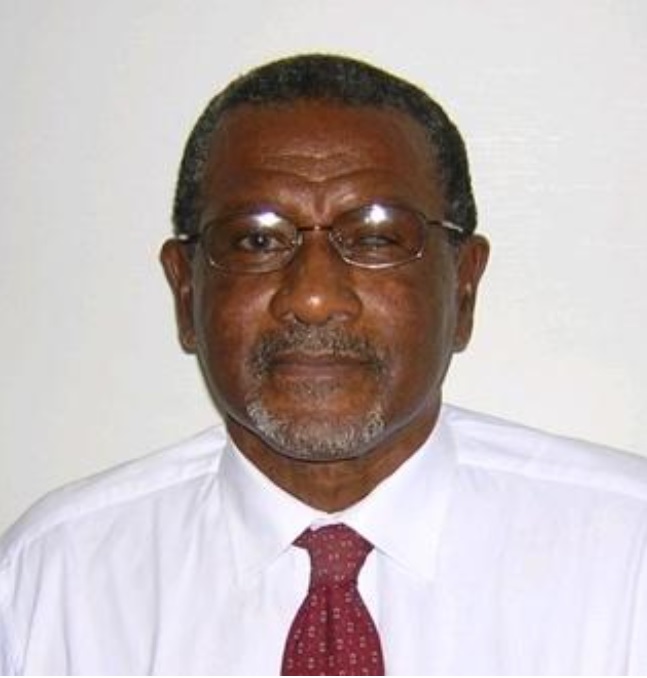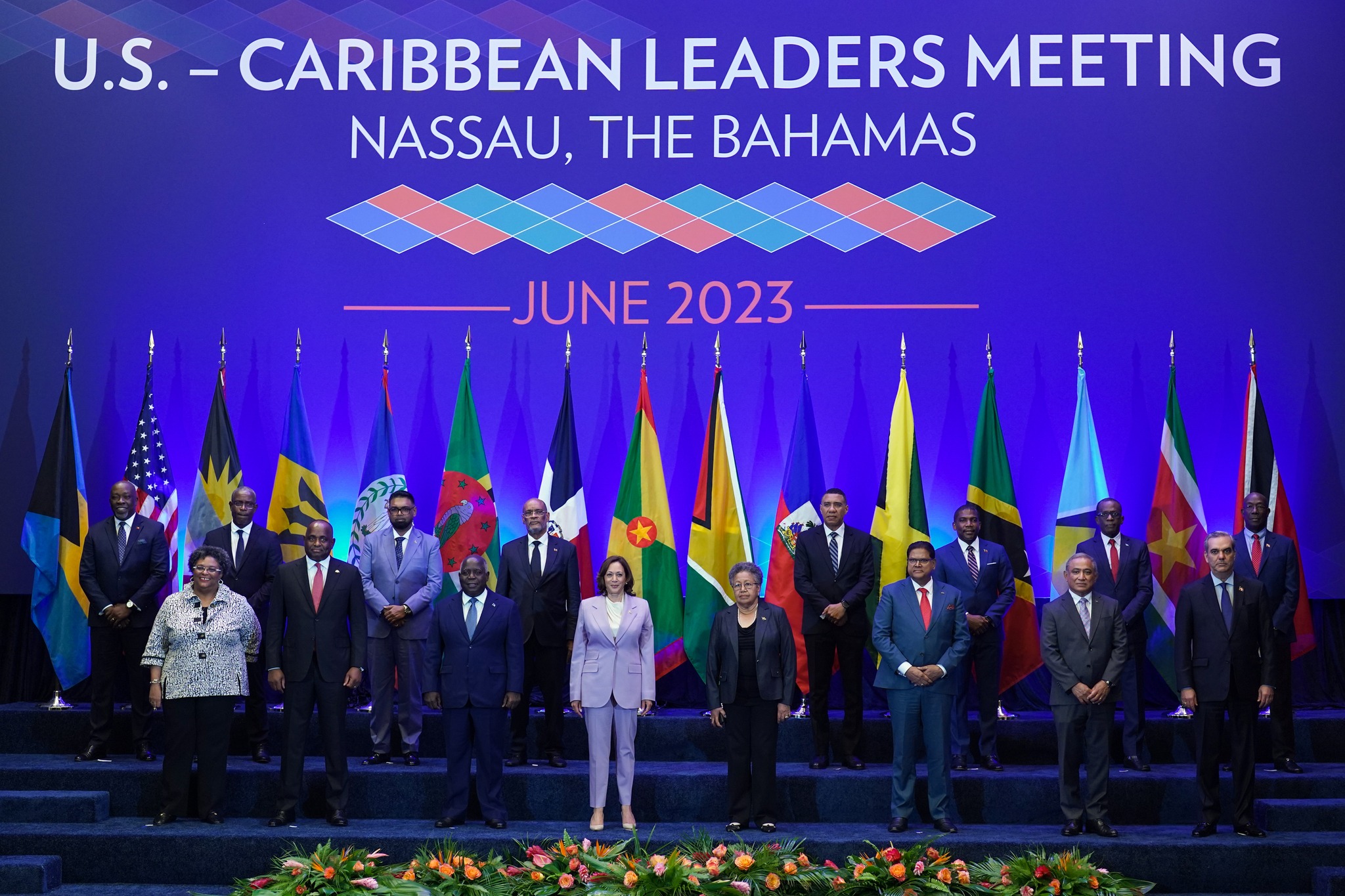Guyana, together with other developing countries have been pressing for the prioritization of climate change adaptation at international climate change meetings and also for the provision of financial resources to support adaptation action. While the principle of the need for vulnerable developing countries to prioritize adaptation has been accepted, the promised resources to facilitate implementation has not been forthcoming.
Nevertheless, given the fact that we are living in a world ‘committed’ to climate change, and the present spate of climate triggered extreme events globally, it behoves vulnerable developing countries to make every effort to address their inherent vulnerability to climate hazards, through the urgent implementation of the appropriate adaptation measures.
As mentioned in my previous piece, based on earlier iterations, a process was initiated to roll out an implementation Plan for the adaptation actions identified in the LCDS. This plan, the Climate Resilience Strategy and Action Plan (CRSAP) identifies four priority actions to address sea defence enhancement and maintenance; drainage and irrigation systems; building climate-resilient agriculture systems and improving public health adaptation to climate change.
Building climate resilience must go hand in hand with transitioning to a Low Carbon Economy and must be given the highest priority in rolling out the LCDS. Failure to address adaptation runs the risk of exposing Guyana’s communities and the recent burst of onshore oil-related development to the vagaries of Sea Level Rise, flood risks from extreme weather events and changed weather patterns to which the country is now exposed.
The CRSAP was developed through a comprehensive process of stakeholder and expert consultation but progress on its formal acceptance and implementation was stymied by the change of government. The four priority actions are still valid and provide a rational basis on which to commence implementation, utilising locally available funds. The government has indicated its intent to utilise revenue derived from the sale of carbon credits to support adaptation. This is commendable but these funds should be supplemented by resources from the revenue being generated from the oil and gas sector, which are already many orders of magnitude greater, unless timely access to adequate climate finance can be assured.
As indicated in the previous article (PART 1), Guyana has focused on the mitigation aspect of the strategy and should begin to place equal emphasis on the adaptation programme. This would mean actions to deal with the climate threats to sea-defence, drainage and irrigation, agriculture, water, health and coastal infrastructure.
The CRSAP provides the country with a roadmap for building climate resilience across the vulnerable sectors, with priority attention being paid to, inter alia, sea defence, drainage and irrigation. These are being compromised by sea level rise, subsidence from abstraction from the aquifer and the changed weather patterns which result in coastal inundation and the concomitant damage to coastal infrastructure, crops and loss of livelihoods.
At the moment, there is significant investment being undertaken in infrastructure in a very vulnerable coast and plans are being laid for expansion in the agriculture sector in the same fragile environment. It is imperative that these developments take place in an environment where the climate risks to their success and integrity are accounted for, through the implementation of the necessary adaptation interventions.
The last government had engaged the services of a Dutch consultancy firm to develop plans for the strengthening and rehabilitation of the sea defence but I am not aware of the outcome of that exercise. A concerted effort is needed to address both sea defence and drainage and irrigation issues for the entire inhabited coastal belt where there is significant investment in infrastructure and agriculture.
In the design of our roads, bridges and our drainage systems, are we taking into consideration the new weather patterns and those projected for the future, that could compromise their integrity and sustainability? The Caribbean Development Bank requires all infrastructure projects that they support to undergo a climate and vulnerability risk assessment and to make the necessary adjustments to their design if so determined, so as to mitigate any of threats to their successful implementation and subsequent performance and sustainability.
The same should apply for all climate sensitive activities now underway in Guyana’s coastal belt. The required climate information to inform these adjustments are available and practitioners should make use of them, when making decisions on climate sensitive investments in the vulnerable coastal region of Guyana.
Apart from making every effort to secure the coastal belt from climate change impacts Guyana, should also explore the possibility of resettlement of vulnerable communities in inland areas, that are less exposed, so as to provide a more secure environment for their occupation.
This can provide the country with a contingency plan, should occupancy in the present areas become impossible. The Silica city initiative does not address the possibility of future need to provide mass relocation of vulnerable coastal communities with alternative accommodation.
Activities to address the Health sector infrastructure and the agriculture sector have been initiated. In the health sector there are plans for building more health care facilities. These plans should be informed by the regional PAHO smart hospitals project in which Guyana now participates. The project provides a roadmap for building climate resilient hospital infrastructure and should inform current investments.
Local efforts to build climate resilience in the agricultural sector have been initiated through the employment of smart agricultural practices (drip irrigation, shade houses, green house cultivation, crop rotation & diversification, organic fertilisers, low till agriculture, etc.). For the rice industry, NARIE has already commenced work of varietal development to deal with saline intrusion into estuaries and other climate change stressors e.g. drought. Also, there are now available region wide a set of short-, medium- and long-term weather & climate forecasts, that provide the farming community with climate information for decision making in the sector.
Apart from addressing adaptation to climate change in vulnerable sectors – infrastructure, water, agriculture, health, the LCDS also lays out a roadmap for Guyana to pursue a low-carbon development pathway, through monetizing ecosystem services, stimulating low carbon development growth, and the employment of sustainable forestry and low impact mining. Guyana has made significant progress in compiling a set of certified carbon credits that satisfy the criteria of a globally accepted authentication standard. These credits accrue as a result of the sequestration potential of Guyana’s vast intact forest estate and are premised on Guyana’ ability to maintain deforestation at, or below, a mutually agreed level.
Guyana has benefitted from an earlier arrangement which it entered into with the government of Norway. Under this agreement the country was able to put in place the necessary systems that allowed it to have certifiable carbon credits when the opportunity for marketing such credits on the global market emerged. It now seems that Hess, one of the partner companies drilling for oil offshore will be an early customer for a reported US $750 million of credits over the next ten years. The LCDS also plans to look at other ecosystem services from watersheds, to biodiversity, to mangroves—and to look for ways to monetize them. Implicit in this, is the need for a national effort to protect and nurture key ecosystems throughout the Guyanese landscape.
With reference to mining, priority should be given to phasing out the use of mercury in the gold industry, as this has serious implications for the health of our population and for contaminating the local food chains. Now that reliable and affordable energy will be made available through the gas-to-energy project, consideration can be given to looking at the feasibilty of purifying our gold and smelting our bauxite locally. Our focus needs to be on local manufacture and marketing of value added products from our natural resources.
The key ingredient for climate change adaptation is reliable climate information. In this respect every effort should be made to strengthen the Department of Meteorology and to provide it with staff and a network of stations to provide the public with the necessary climate information required in their planning. Similarly, resources should be directed to key national institutions – University of Guyana, the Institute of Applied Science and Technoloy, National Agricultural and Environmental Institute, Iwokrama, the Bina Institute, The Environmental Protection Agency and the Bureau of Standards – all of which would have an important role to play in supporting the LCDS implementation.
Finally, no effort should be spared to get national buy in to the process of addressing climate resilience through public consultations and involvement of local experts. Building climate resilience provides an excellent platform on which to start to build national consensus and for joining forces, in a national effort that would redound to the benefit of all. In carving out response measures attention must also be given to local knowledge (inclusive of indigenous knowledge). Climate change resilience is everybody’s business in Guyana and for climate change, the words of our bard rings true “all are involved, all are consumed”. And consumed we will be, if we do not act expeditiously and together.
Dr. Ulric Trotz, formerly the Science Adviser at the Caribbean Community Climate Change Centre in Belize, is a highly accomplished and knowledgeable scientist who has significantly contributed to his field. He has held various leadership positions, including Director of the Science & Technology Division at the Commonwealth Secretariat, Secretary of the Commonwealth Science Council, and Science Adviser to the Commonwealth Secretary General. He has also served as Secretary-General of the National Science Research Council in Guyana and as Dean of the Faculty of Natural Sciences at the University of Guyana. From 1980 to 1991, Dr. Trotz was Guyana’s Institute of Applied Sciences and Technology Director.




